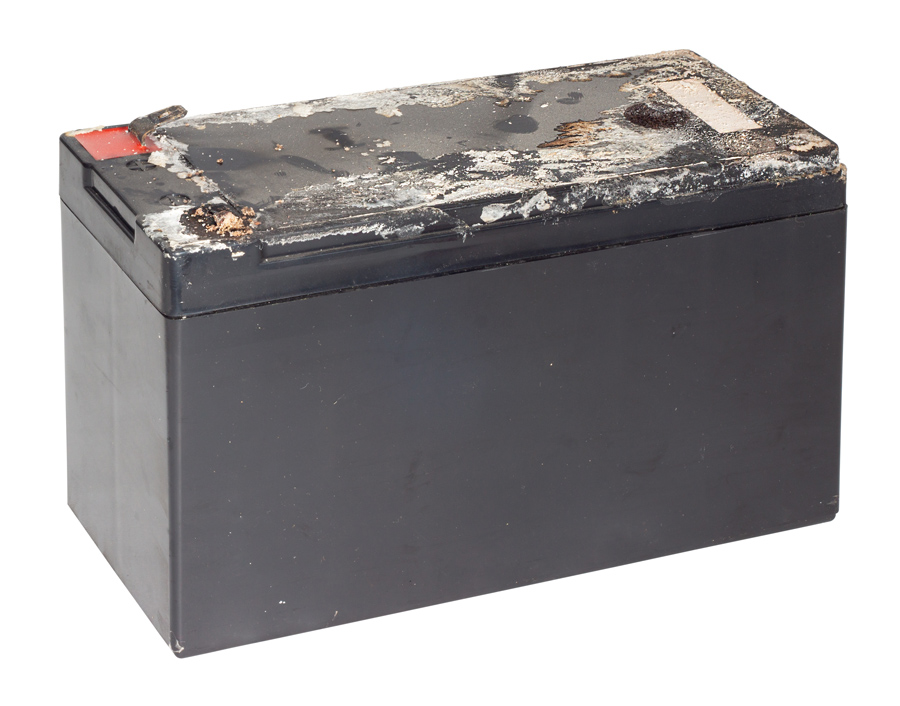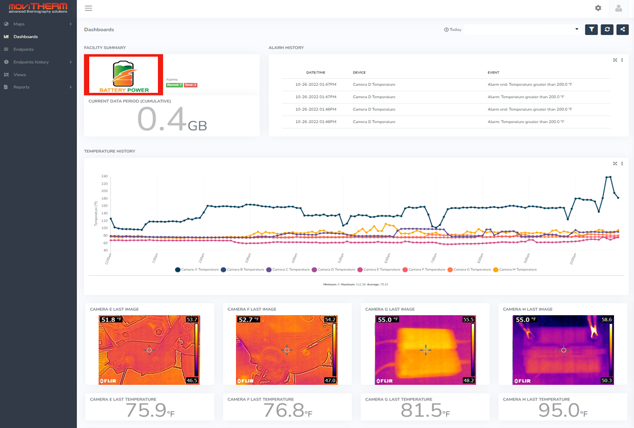How to Prevent Lithium Battery Fires
Protect Your Energy Storage Facility from Dangerous Lithium Battery Fires
Lithium-ion batteries are increasingly used in energy storage systems, electric vehicles, and consumer electronics. While they offer high energy density and efficiency, they also carry a significant fire risk if not properly managed. A single lithium battery fire can quickly escalate, causing severe damage, environmental harm, and even endangering lives. Understanding how to prevent such fires is essential for the safe operation of any energy storage facility.
In this article, we explore effective strategies to prevent lithium battery fires, with a focus on thermal imaging as a powerful early warning tool. By detecting overheating before it leads to thermal runaway, thermal cameras help operators take timely action to avoid catastrophic failures.
The Growing Threat of Lithium Battery Fires
According to the National Fire Protection Association (NFPA), there were over 3,050 battery-related fires in the U.S. between 2012 and 2016. The number rose sharply in 2016, with 739 reported incidents. High-profile cases, like the Boeing 787 Dreamliner battery fire in 2013 and the Samsung Galaxy Note 7 explosions in 2016, have highlighted the dangers of lithium battery failures. These events underscore the need for proactive fire prevention measures in all lithium battery applications.
What Causes Lithium Battery Fires?
Lithium batteries can catch fire due to a dangerous process called thermal runaway. This occurs when the battery becomes too hot, triggering a chain reaction that increases the temperature further. As the internal electrolyte ignites, a fire can spread rapidly. Thermal runaway can be caused by overcharging, physical damage, manufacturing defects, or exposure to extreme temperatures. Identifying and addressing these issues early is key to preventing fires.
Detect Overheating with Thermal Imaging
Thermal imaging technology is one of the most effective ways to detect potential fire hazards in lithium battery systems. Unlike traditional methods, thermal cameras can identify hotspots that are invisible to the naked eye. These hotspots may indicate faulty cells, overcharging, or other issues that could lead to thermal runaway.
By monitoring temperature changes in real time, thermal imaging allows operators to take immediate action. For example, if a hotspot is detected, the affected battery can be isolated, cooled, or removed from the system before a fire starts. Integrating thermal imaging with other monitoring systems provides a more comprehensive view of battery health and significantly reduces the risk of fire.

Early Fire Detection Systems for Lithium Batteries
One of the leading solutions in this field is MoviTHERM’s iEFD (Intelligent Early Fire Detection) system. It uses smart thermal cameras and cloud connectivity to monitor lithium-ion batteries for signs of overheating. The system continuously tracks temperature data and compares it to historical trends to detect anomalies. When a hotspot is identified, an alert is sent to the operator, allowing for prompt intervention and reducing the risk of fire spreading.

Early Detection Saves Lives and Assets
The iEFD system offers critical early warning capabilities, enabling operators to act before a fire develops. This not only helps prevent property damage but also minimizes downtime and protects revenue. With real-time alerts, teams can respond quickly and efficiently, reducing the overall impact of potential fire incidents.
Enhanced Emergency Response Planning
With built-in mapping features, the iEFD system helps locate hotspots and notify emergency personnel. This improves response times and ensures that firefighters can target the exact location of the issue. The map feature is also valuable for training, helping staff understand how to react in case of a fire and improving overall preparedness.
Seamless Integration with Fire Suppression Systems
The iEFD system can be easily integrated with existing fire suppression systems. In the event of a fire, it can automatically trigger suppression mechanisms, helping to contain the fire before it spreads. This integration creates a more robust safety framework, protecting both people and infrastructure.
Additional Safety Measures Are Essential
While thermal imaging and early detection systems are crucial, they are not a complete solution. Proper battery handling, regular maintenance, and staff training are equally important. Ensuring that batteries are stored and charged according to manufacturer guidelines can significantly reduce the risk of failure.
It's also vital to have a clear emergency response plan in place. This includes having contact information for local fire departments, setting up evacuation procedures, and conducting regular drills. Being prepared can make all the difference in minimizing the consequences of a lithium battery fire.
Conclusion
Preventing lithium battery fires requires a multi-layered approach that combines advanced technology, proper maintenance, and well-trained personnel. Thermal imaging and early detection systems like the iEFD provide a strong foundation, but they must be supported by sound safety protocols and emergency planning.
By taking a proactive stance and implementing comprehensive fire prevention strategies, energy storage facility operators can ensure the safe and reliable operation of their systems. This not only protects valuable assets but also safeguards the well-being of everyone involved.
skateboard cruiser,cruising skateboard,cruiser skateboards
Zilon , https://www.gdzilon.com
